Dreaming In Full Colour: Sean Wotherspoon’s Porsche 911 Carrera 2.7 RS
- Niwwrd

- Jul 21
- 2 min read

A 1973 Porsche 911 Carrera 2.7 RS, reimagined by Sean Wotherspoon using heritage colour codes, patchwork materials, and a visual language shaped by vintage culture.
Wotherspoon doesn’t build for attention. He builds for memory.
His style is clear. Loud colours. Textures with history. Materials that wear in, not out. That’s what you get here. A Porsche that looks like it came from someone’s life, not a spec sheet.
The base car is a 2.7 RS, already one of the most iconic air-cooled 911s. It wasn’t a flip car. It came from Philip Sarofim’s collection. So Wotherspoon didn’t treat it like a blank canvas. He treated it like a surface already full of stories, and added his own.
Exterior
Every panel is a different colour. But it’s not chaos. Each shade is pulled from either his Porsche Taycan palette, Porsche factory paint archives, or colours linked to the Meyers Manx brand. Shades like Nashy Blue, Sean Peach, and Old Red. He made sure the breaks followed the original body lines. No wrap. No fade. Just clean, bold cuts.
The inspiration was the VW Golf Harlequin. A car Wotherspoon wanted in high school and eventually bought. This 911 takes the same idea and refines it into something balanced. It’s loud, but it’s measured.
Interior
This is where it gets personal.Seats and doors use vintage Levi’s denim, soft corduroy, and flannel from the 80s and 90s. The dashboard is cork, reused from his previous Taycan project. The door panels even feature real Levi’s pockets. Nothing is synthetic. Nothing is polished to look new. It’s all meant to look like it’s already been lived in.
Even the frunk was reworked with the same approach. Layered textiles, tonal stitching, and functional storage. No dead space.
The Build
The whole build took eight months. No shortcuts. Just quiet, consistent work with a team that understood the car’s legacy and the story being told. When it was finally driven through Los Angeles, it didn’t feel like a concept. It felt like it belonged. Kids ran up to it. People pulled out phones. But it wasn’t treated like a museum piece. It felt usable.
Why it matters
Most custom cars try to look impressive. This one tries to feel familiar. That’s harder.Wotherspoon builds the way a lot of young designers should. He doesn’t start with what’s trending. He starts with what shaped him. A pair of jeans. A childhood car. A colour on a wall. Then he puts it together with intent. No styling for the sake of it.
NIWWRD Notes
Let the body lines define your design zones
Use materials that show time, not hide it
Build a palette from your own memory, not a moodboard
Don’t make it perfect. Make it feel real
Credits
Original feature: Type7
Details from: duPont Registry
Brand context: Porsche “Dream in Full Colour” campaign
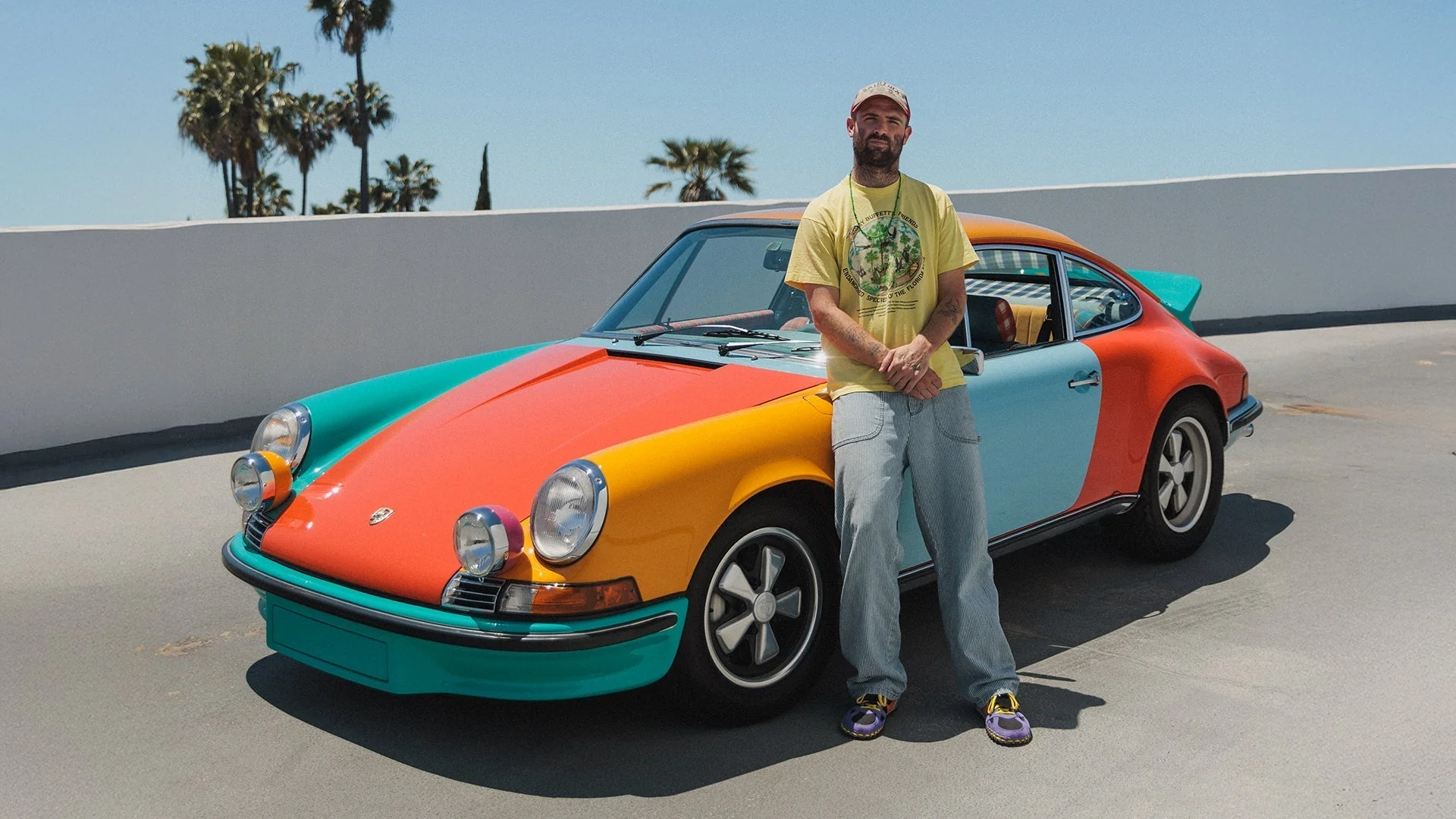
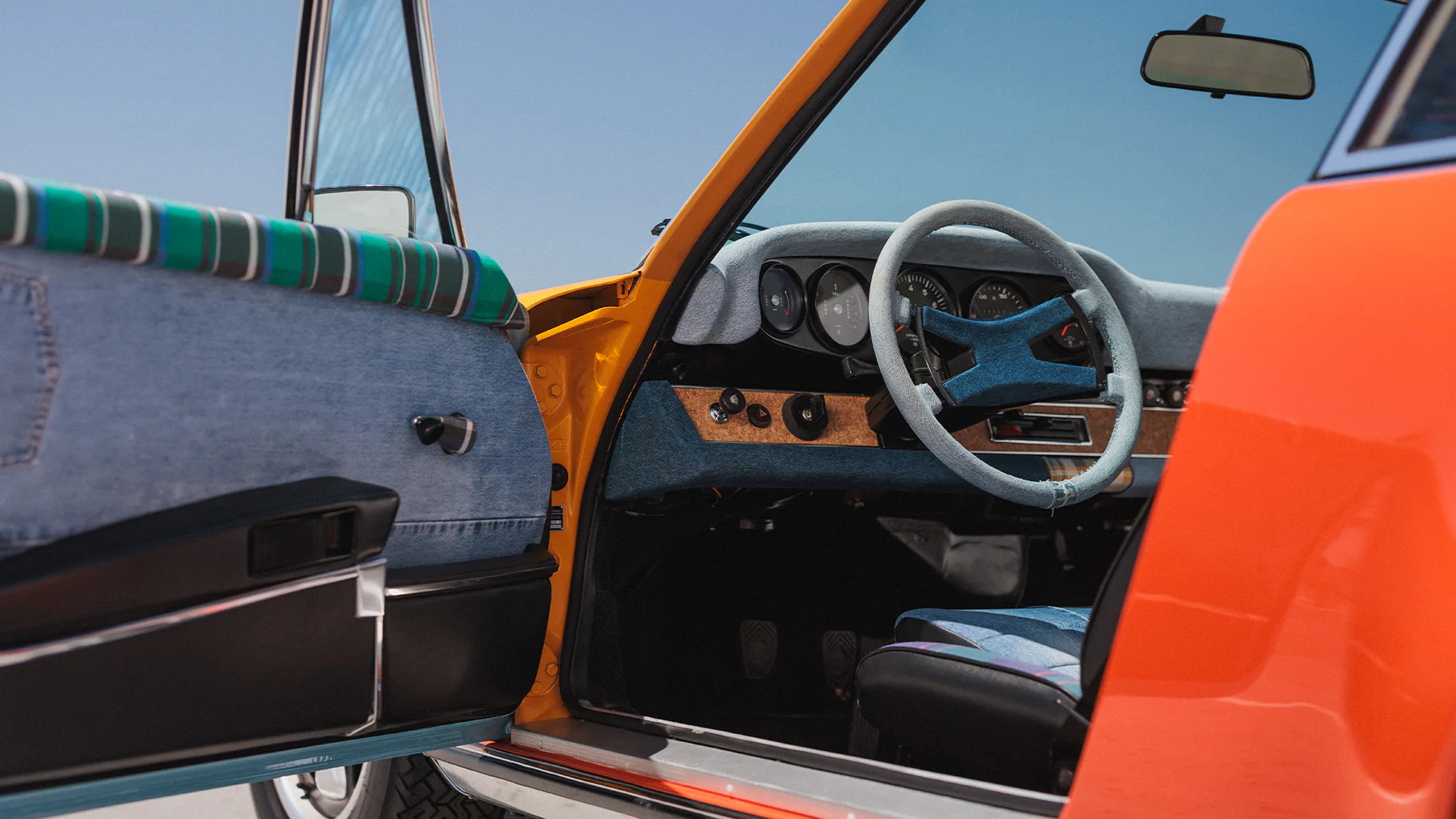
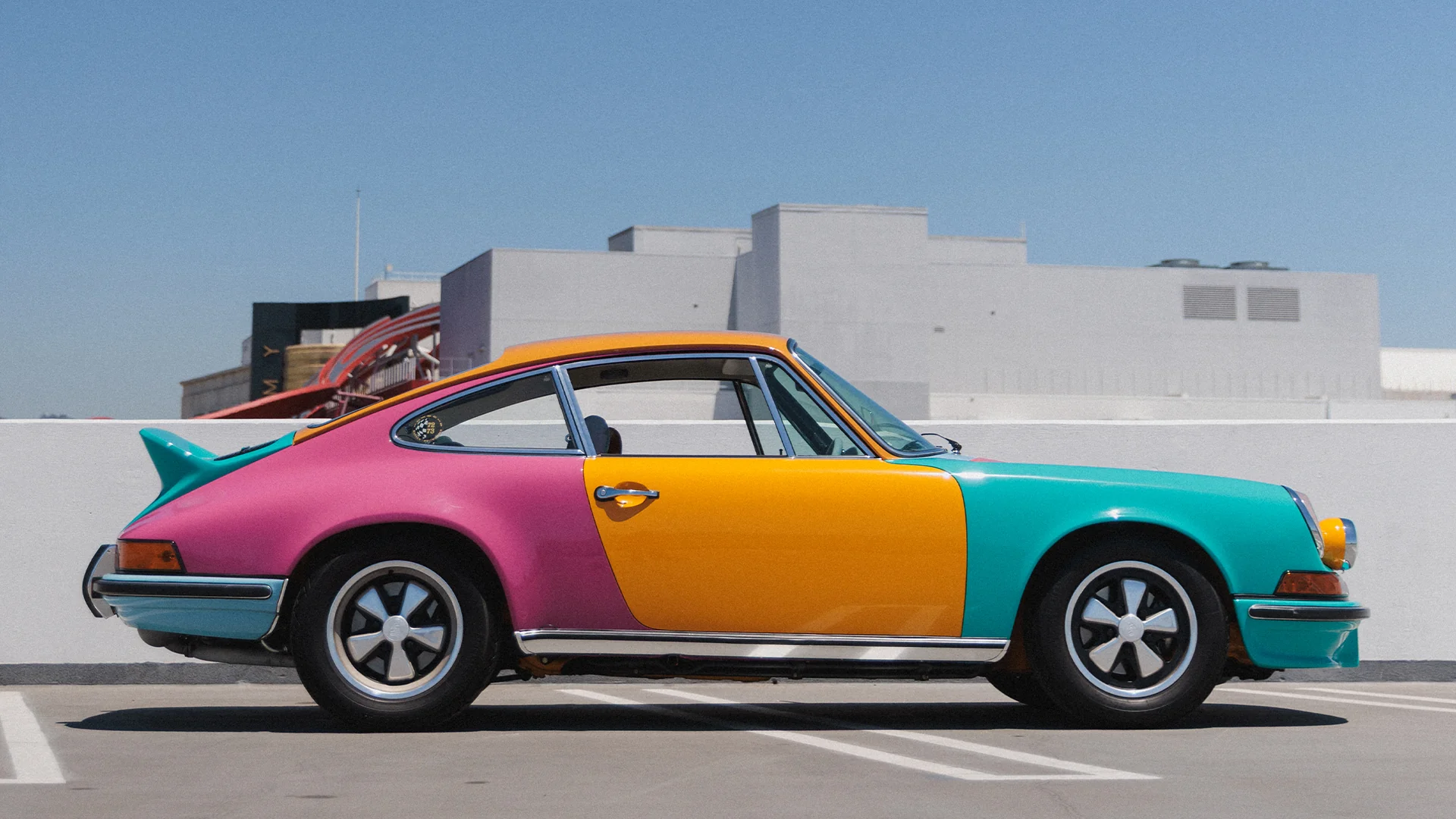
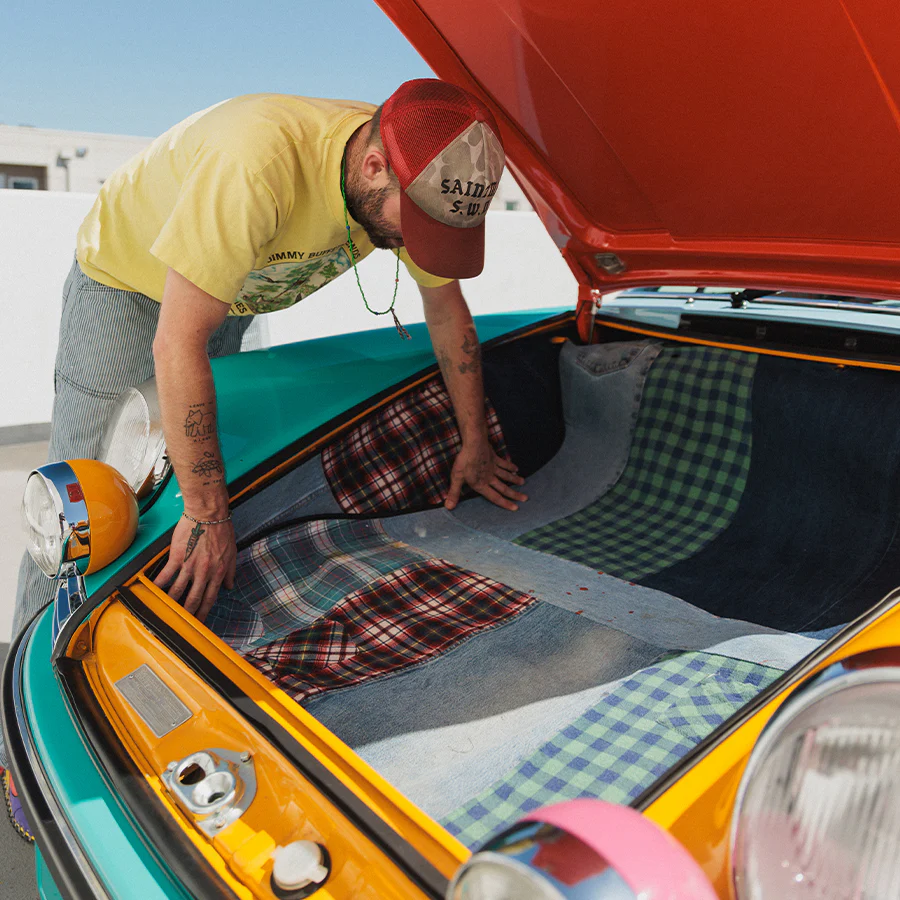
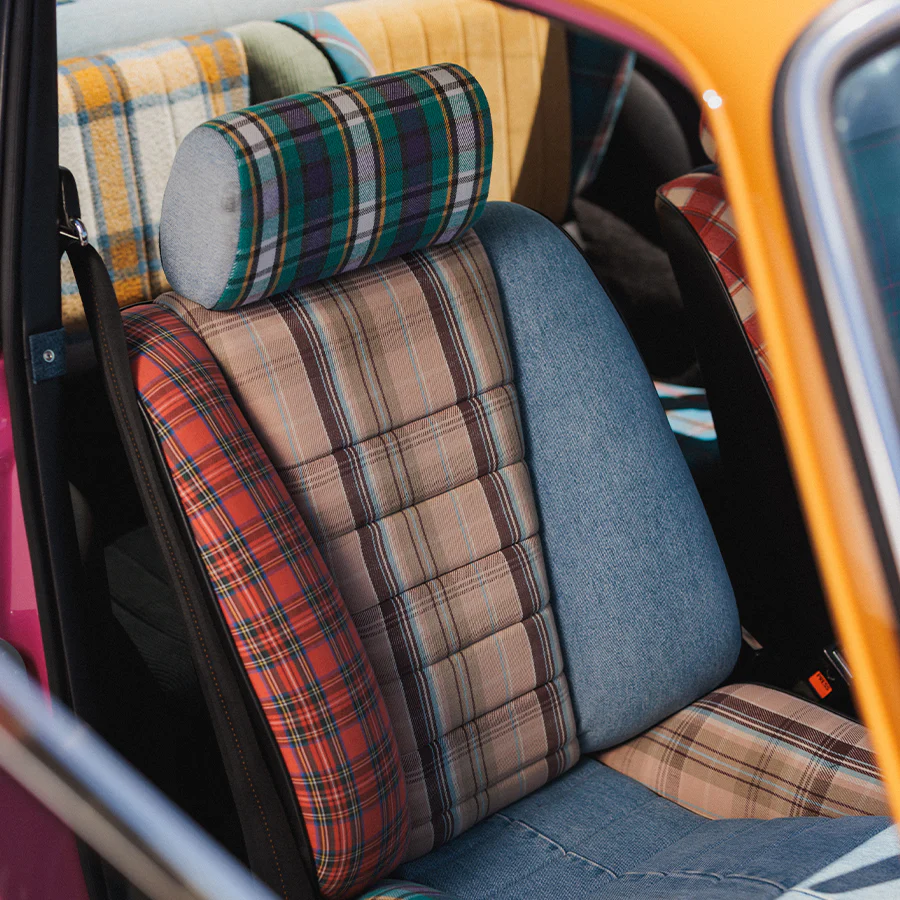
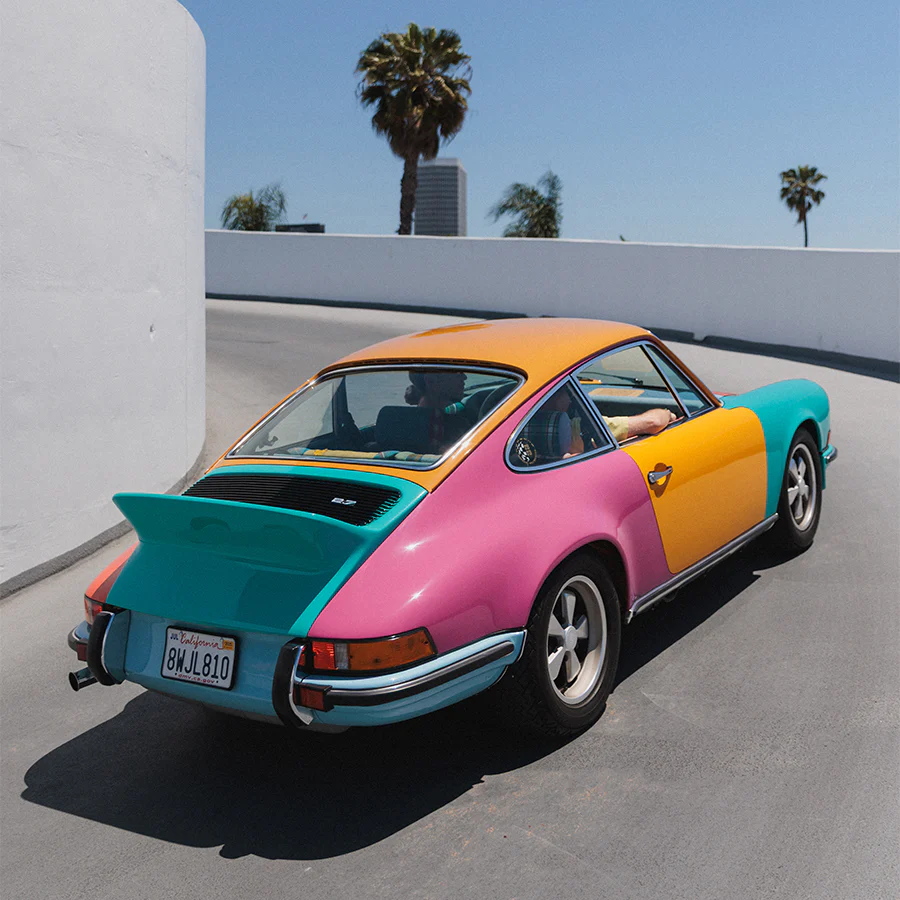
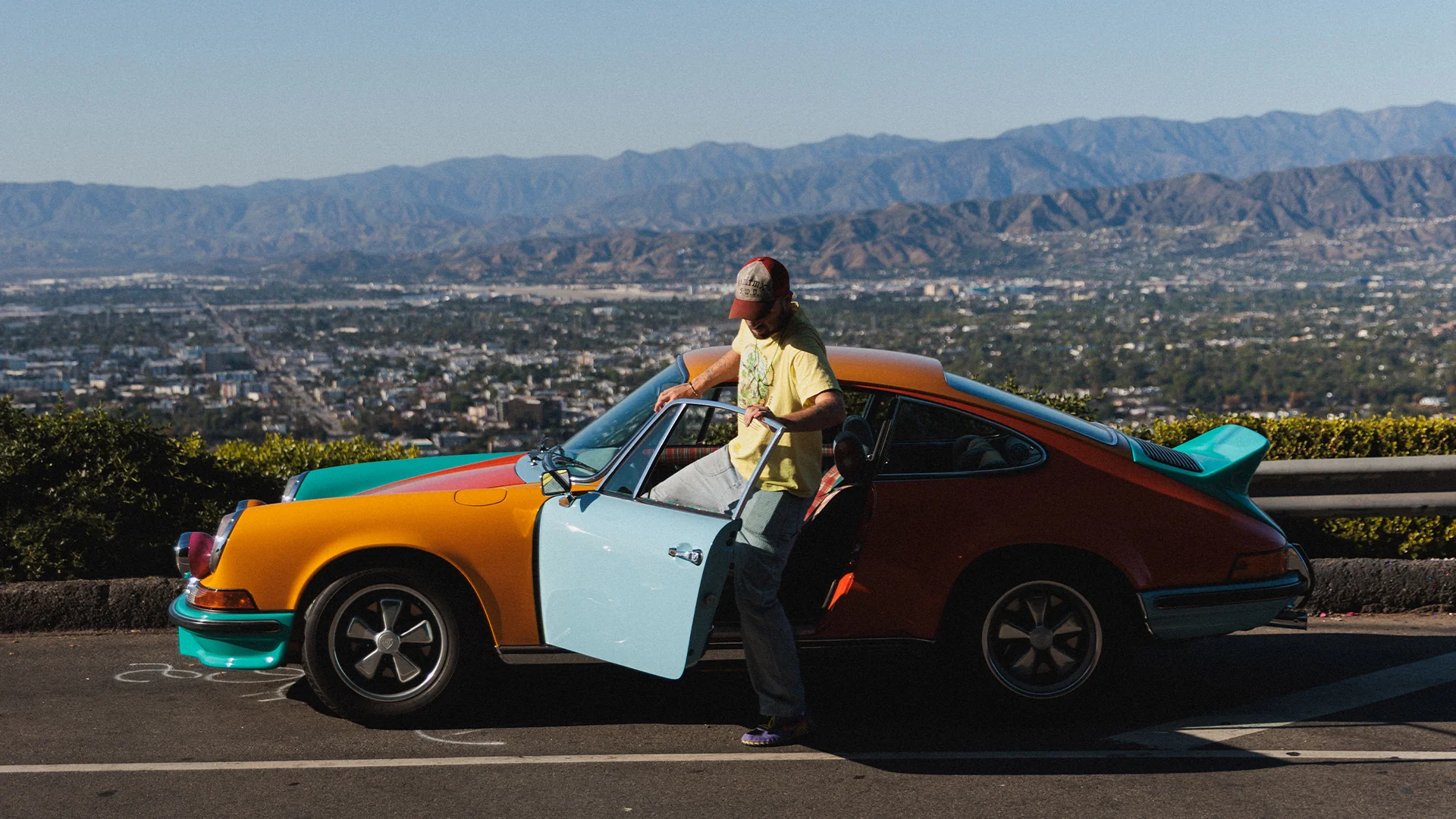
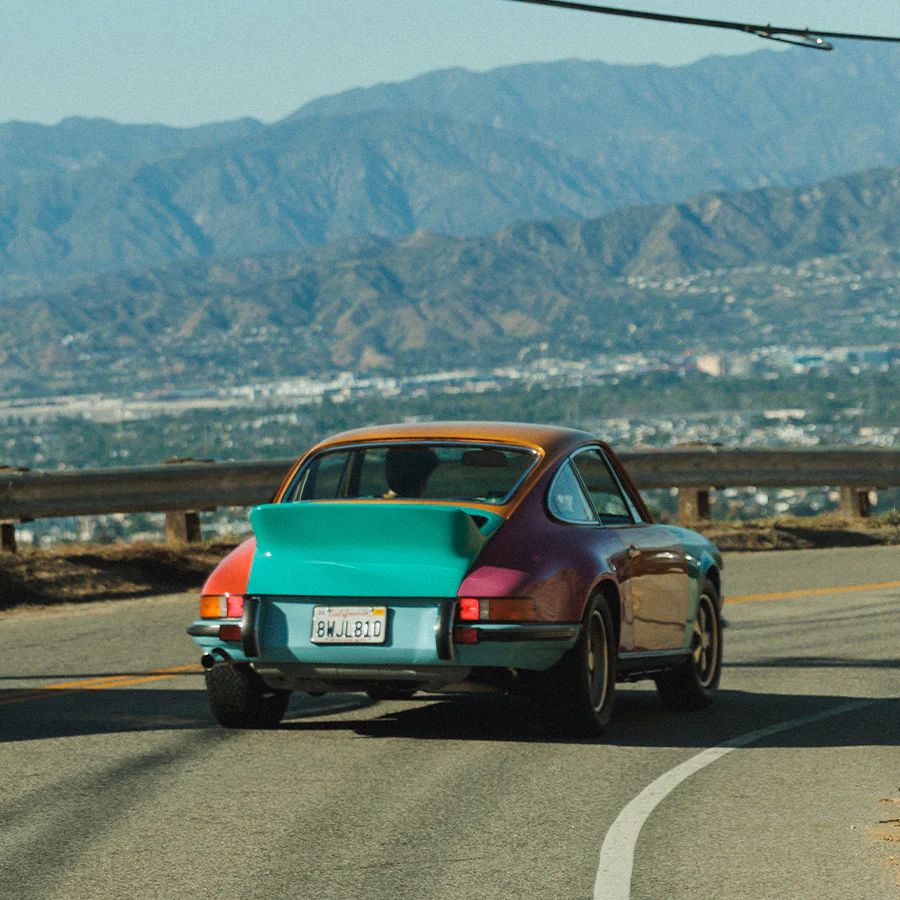
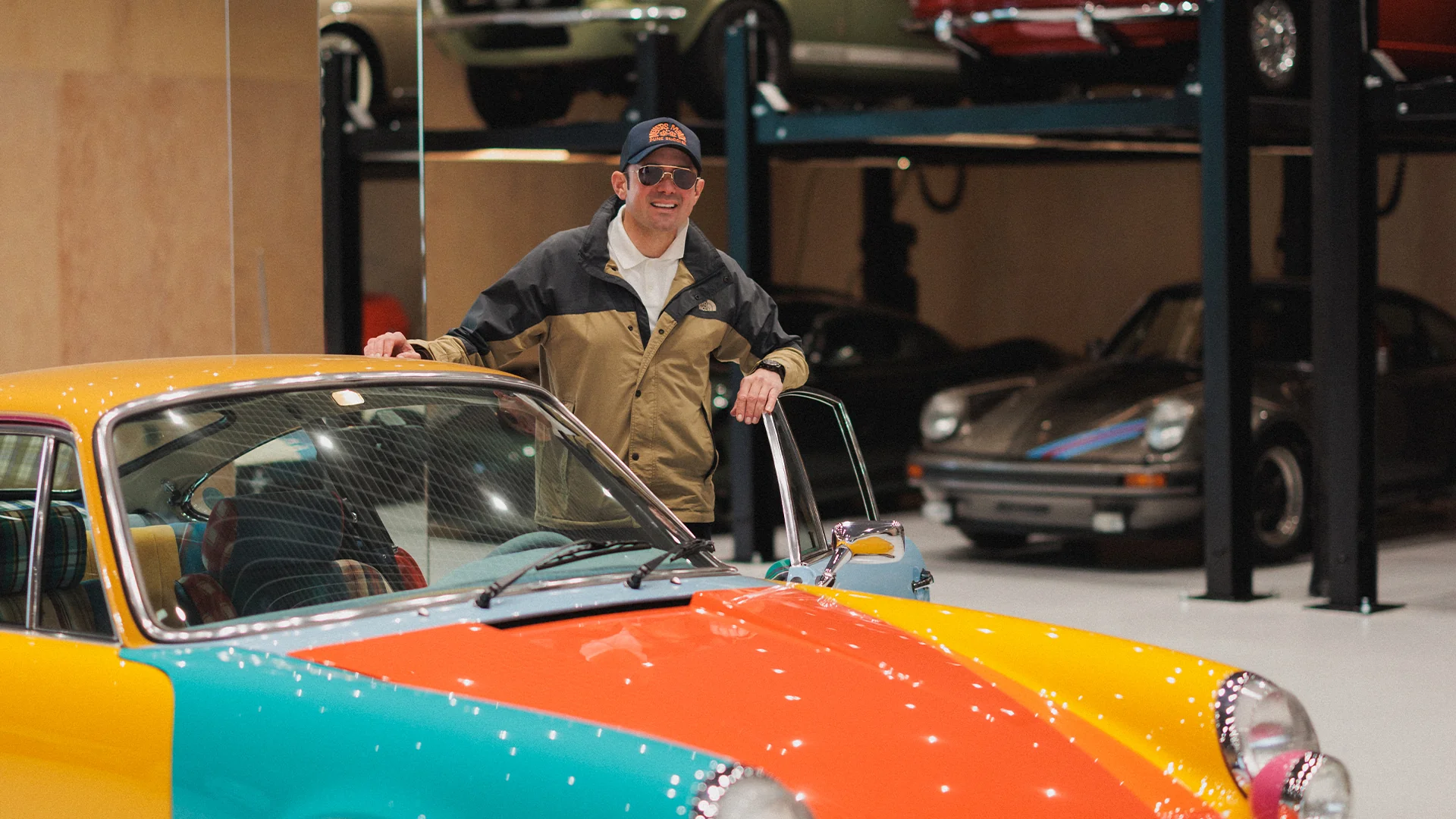
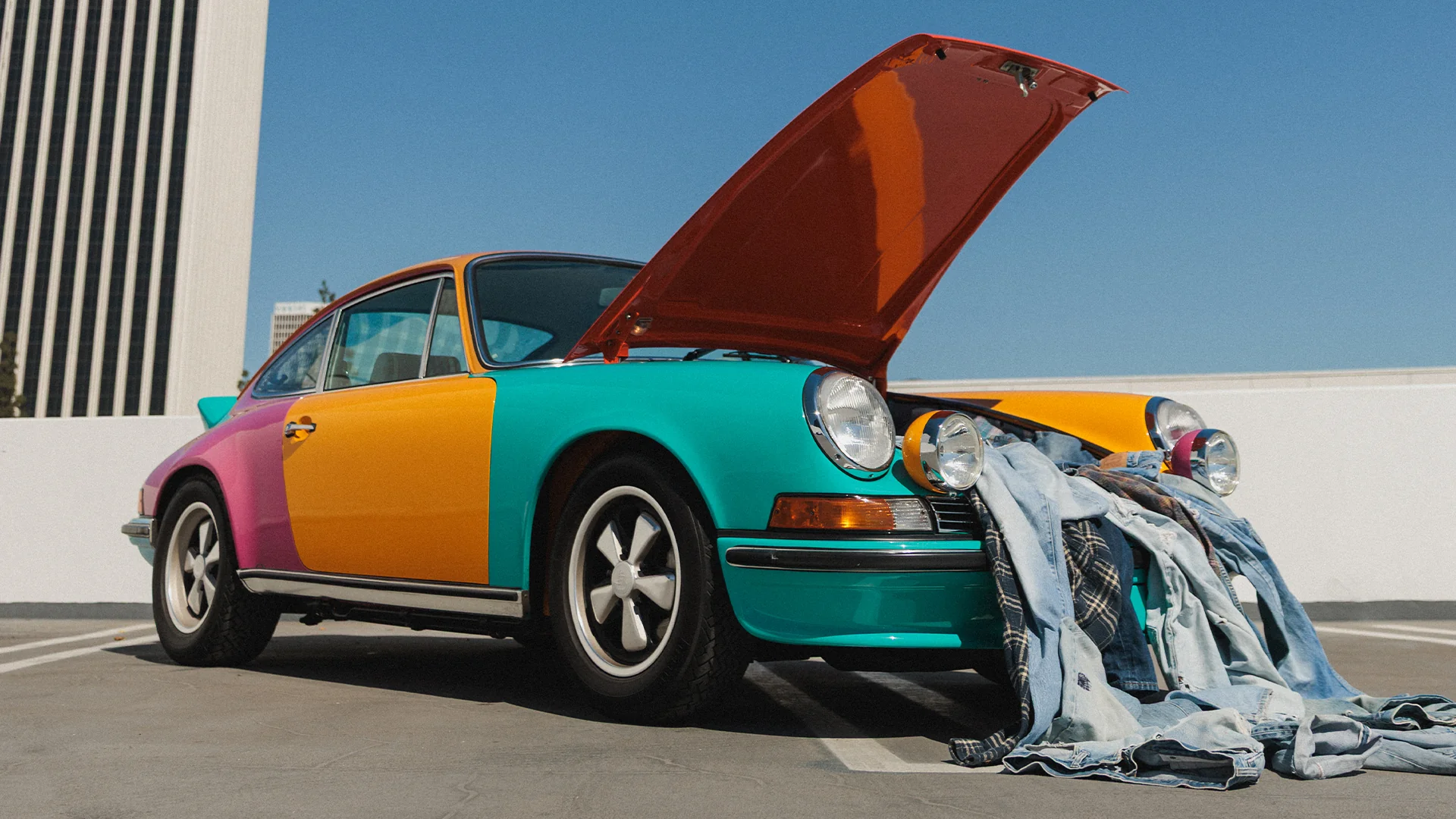
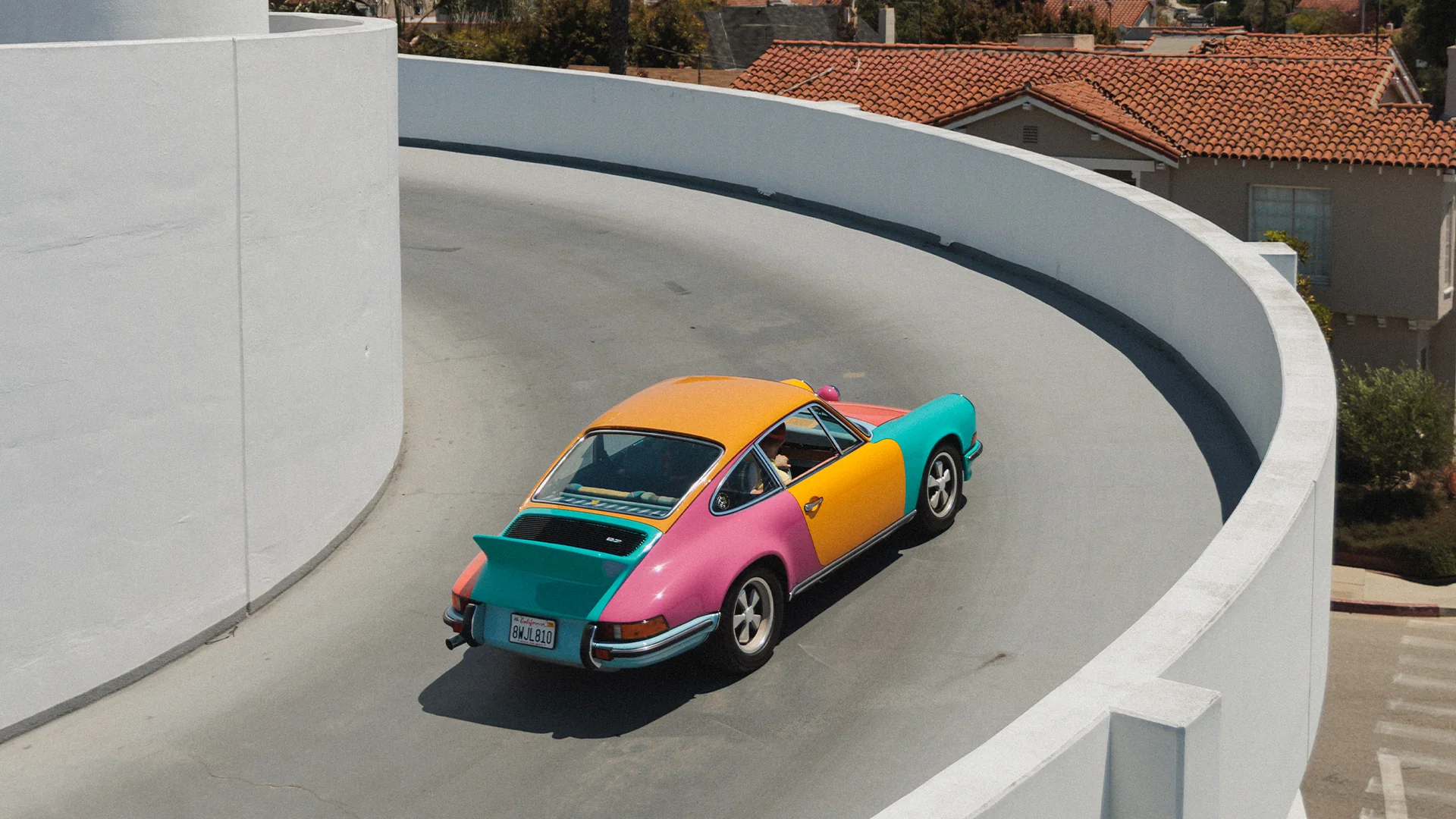
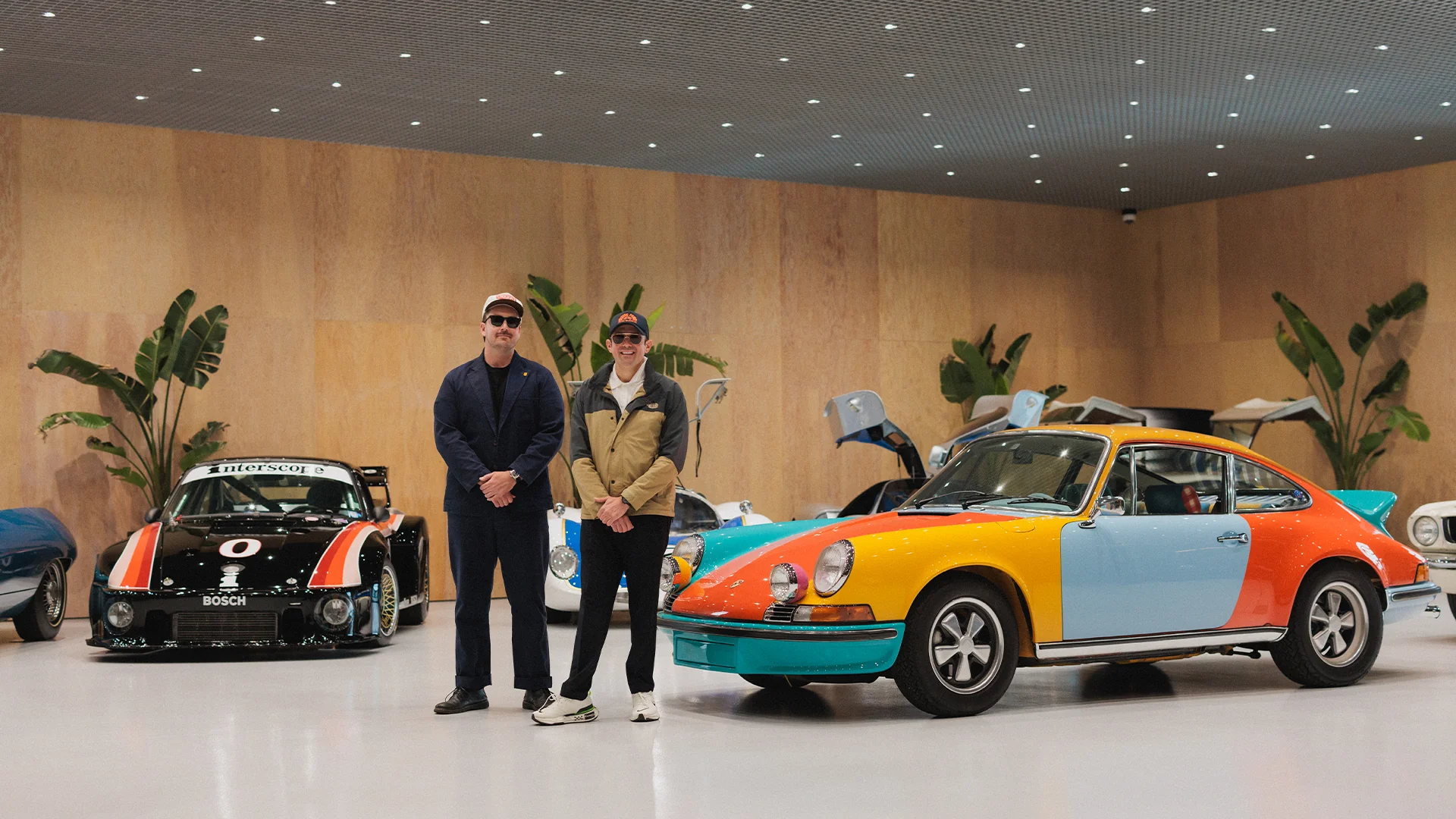
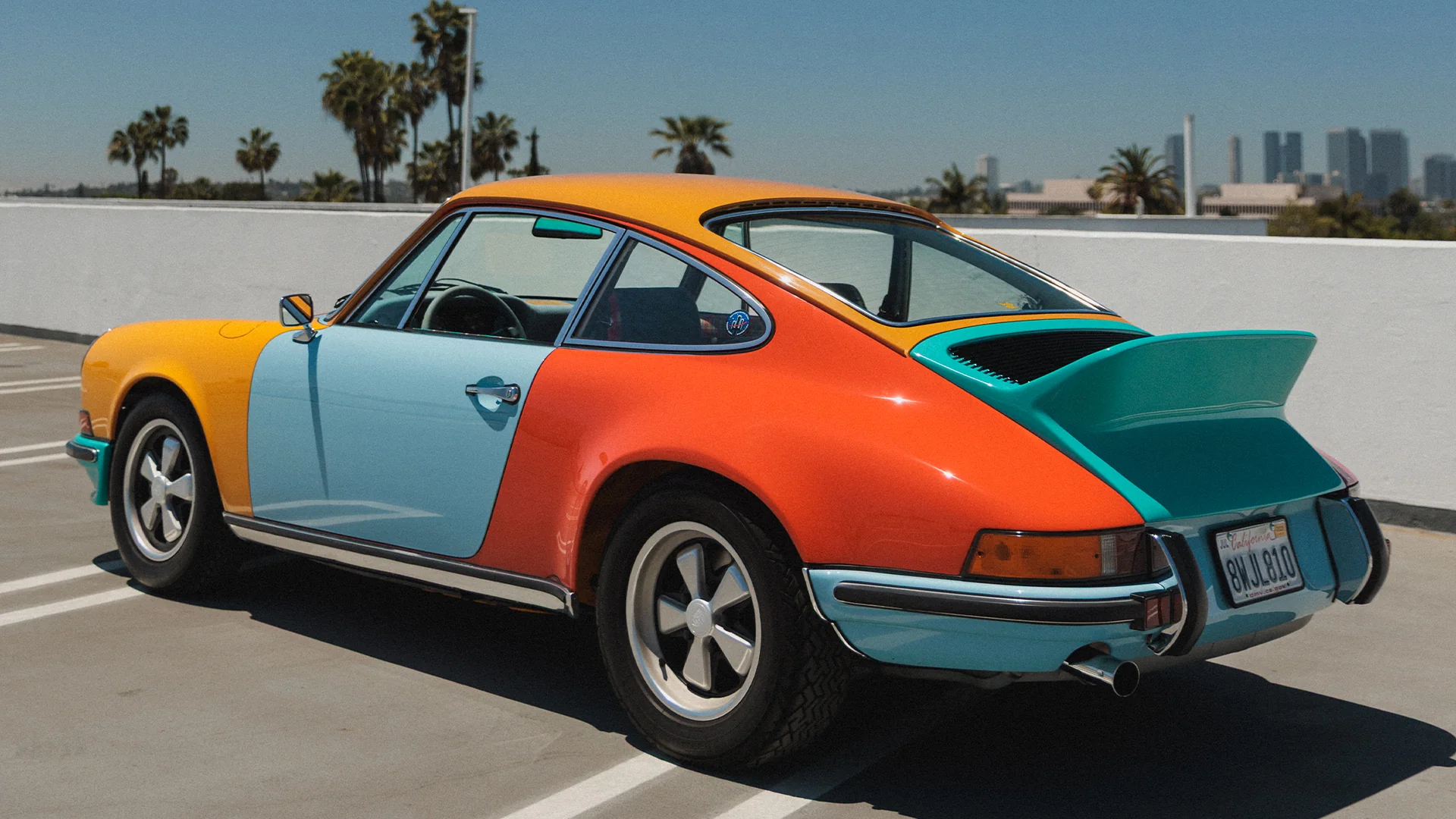



Comments